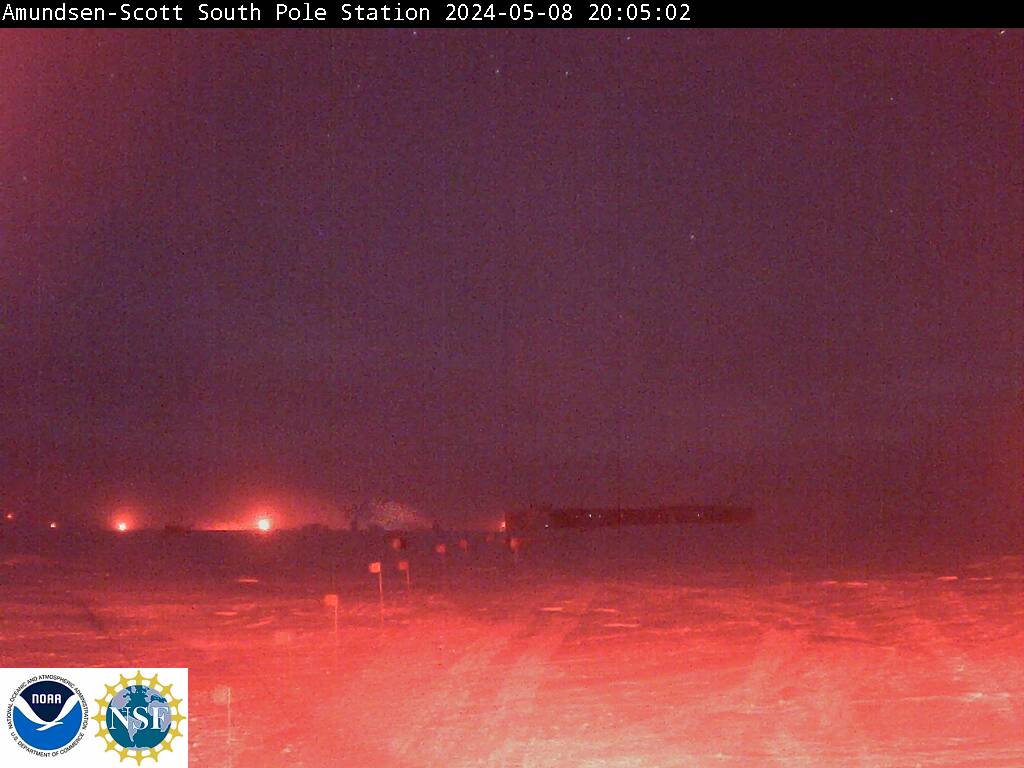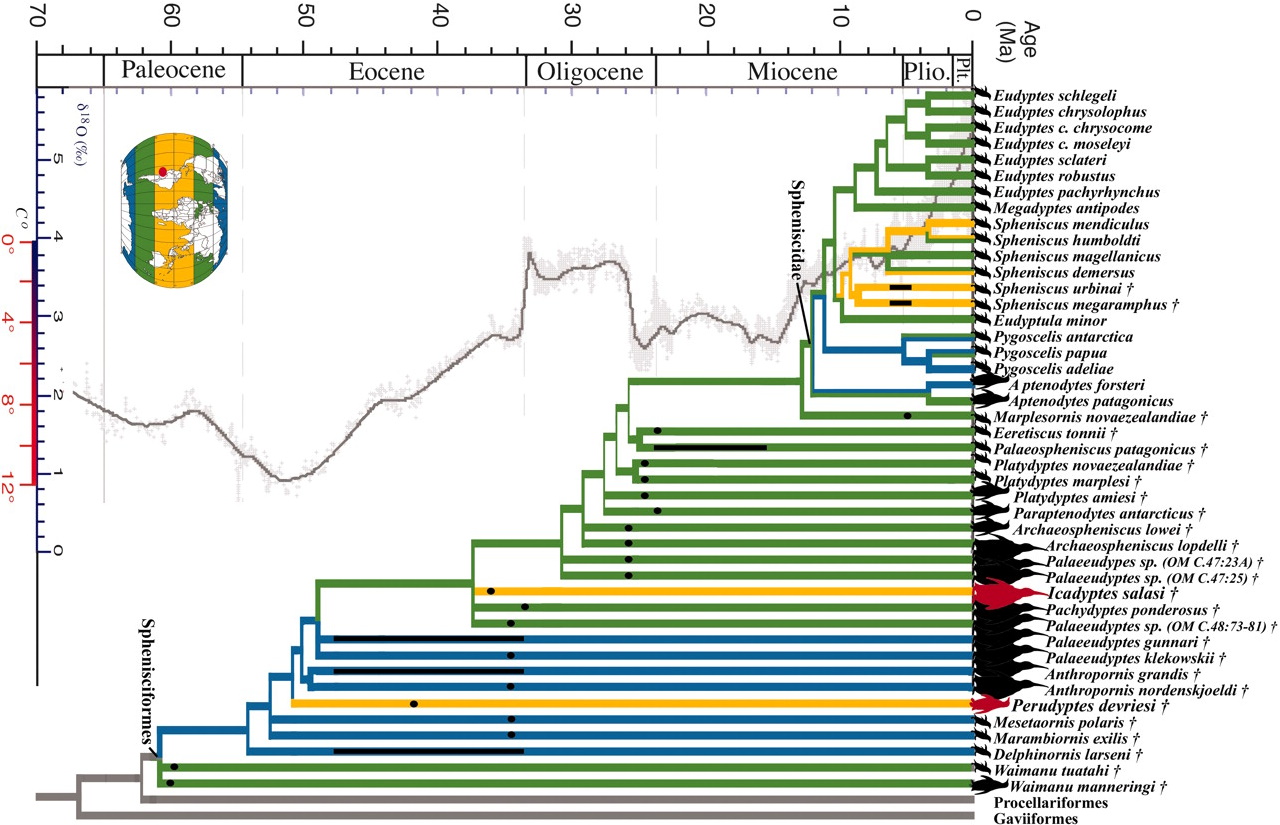The Penguin Recognition Project----Non-invasive Monitoring of Individual Animals in their Natural Habitat
Brief Summary
* The Research. Our research aims to provide non-invasive solutions to problems of field biology and to better understand and conserve endangered species. Specifically we are developing hardware and software to permit remote monitoring and identification of large populations using techniques that originated in computer vision and human biometrics. Our initial work has been centred around the African penguin (Spheniscus demersus).
* The Application. We have built an autonomously operating prototype system capable of monitoring and recognising individual African penguins in their natural environment without tagging or otherwise disturbing the animals. Currently, we are commissioning a permanent monitoring system on Robben Island for an entire penguin colony of nearly 20,000 individuals.
* The Collaboration. The Penguin Recognition Project is the flagship project of the COMBINE research collaboration at the University of Bristol, United Kingdom. It is conducted together with the Animal Demography Unit at the University of Cape Town, South Africa. The project is funded by the Leverhulme Trust, with long-term support in the field from the Earthwatch Institute, and with pilot tests run in collaboration with Bristol Zoo Gardens.
The Current Prototype
* Vision Software. As one essential part of our research we focus on developing the 'intelligent' software that allows systems to make sense of complex camera images and interpret animals and their patterns as individual entities.
* Hardware Architecture. Our current prototype system has a distributed design: client systems gather data at different locations in the penguin colony while a central server holds the population data. All necessary software components are created to run on relatively inexpensive consumer hardware. The physical components of a client system typically cost less than $1000. They consist of a high-resolution camera, a processing laptop and some local networking infrastructure. The link between the clients in the field and the server is implemented by long distance bridges between wireless local area networks (WLANs).
* Data Flow and Networking. The cameras capture images and send a time-stamped version of them in a live stream to locally connected laptop computers which identify members of species in real-time. The relevant areas of interest in each image (the penguin chest patterns) are then transferred to local hotspots using a wireless network (standard 802.11g TCP/IP). From there directional YAGI antennas (Point-to-Point Bridging) allow for long distance submission to the central server network. The server extracts the biometrical patterns from the observed penguin snapshots and compares these to the population database. As a result, the presence of particular penguins can be confirmed at a certain time and location. Several servers can be synchronised through the internet.
Project History
* 2003 Related Previous Work - The 3C-Research project on Intelligent Content-based Retrieval (ICBR), a collaboration between the University of Bristol, Granada/ITV and Matrix Data, put in place a number of research foundations and tools for the analysis of wildlife media.
* 2004 The Idea - The physicist Peter J Barham approached the Dept. of Computer Science pointing out that African penguins carry individually characteristic chest markings. Tilo Burghardt (at the time supervised by Barry T Thomas) started working on the problem, researching and actually engineering a biometric computer vision system that can exploit the patterns.
* 2004 First Lab Prototype - The first lab prototype required near-perfect operating conditions to work. It was very limited in its abilities and could only differentiate between a small number of individuals. (The toy system for the royal society exhibition used to showcase the concept of our approach resembles this prototype.) Most of the techniques were very basic and tests were limited to hand-picked web images of African penguins. However, the system contained all the three conceptual components needed for fully automated animal identification from visual media:
o a species recognition module (Where is a penguin in an image or video frame?)
o an entity registration module (Where exactly is this penguin's chest?)
o a biometric identification module (Which penguin is it?).
* 2004 Initial Technical Paper - The first technical paper about a basic penguin recognition system was published at the 5th International Penguin Conference. The paper described an extended lab prototype that utilised a single Viola-Jones detector for species detection, snake lines and morphological operators for entity detection, and Procrustes' algorithm for pairwise pattern comparison. Based on first results from preliminary tests at Bristol Zoo Gardens, it was argued in the paper that the automated identification of individual African penguins is technically feasible.
* 2005 Field Experiments at Bristol Zoo - In order to start turning the lab prototype into a field-proven prototype a serious of tests, adjustments and further tests were conducted at Bristol Zoo Gardens. In particular, lighting correction, basic multi-pose detection, and the task of tracking individuals over multiple frames for improving the recognition confidence were addressed. Tilo Burghardt's PhD work started focusing on Visual Animal Biometrics and, as his supervisor, Neill W Campbell joined the project.
* 2005 Prelimenary Test on Robben Island - The first experiments under the African sun were sponsored by the Earthwatch Institute. The tests revealed a number of challenges a real-world system would face: rapid motion of animals inducing motion blur, non-static and cluttered backgrounds, deep shadows, large groups of animals occluding each other, and a rapid change as well as a high dynamic range of lighting conditions. In addition, the lack and unreliability of the infrastructure for power suppy and data transmission posed serious problems.
* 2006 First Field Prototype on Robben Island - An improved field prototype was tested on Robben Island. Lighting changes were addressed using z-Score normalisation, the cameras were fitted with automatic, object-specific aperture control and we designed a plastic cover housing all components of the client system.
*
2006 Leverhulme Research Grant and COMBINE Collaboration - The project secured funding from the Leverhulme Trust for creating a penguin monitoring system on Robben Island. Innes C Cuthill from the Faculty of Biological Sciences joined the team and Richard B Sherley started his PhD. His work focuses both on studying the African penguin and on facilitating the commissioning and application of the computer vision system. The COMBINE research collaboration was born.
* 2007 Theoretical Foundation - All methods were formalised and optimised, the system was formally described. Further field tests were used to measure the system's performance under real world conditions. A formal description of all methods and extended experimental results were fixed, they are published in detail in Tilo Burghardt's PhD thesis on Visual Animal Biometrics.
* 2007 Infrastructure Construction - We put in place a wireless networking infrastructure that links the client systems operating at the colony with a central server bridging several kilometers. The network covers a large area so that camera systems can be moved to penguin routes of choice without loosing connectivity.
* 2008 Ongoing Installation of Full Scale Monitoring System - Currently, we are commissioning a permanent monitoring system on Robben Island for an entire penguin colony of nearly 20,000 individuals. This task includes the duplication of client systems, the creation of an easy-to-use system front-end and the finalisation of a central population server that is accessible over the web and the analysis of the data generated by the system.
Future Goals
* It is our long term goal to integrate the use of computer vision and emerging technologies into the biological sciences. We aim to provide a range of easy-to-use tools to assist biologists, ecologists and conservationists to carry out essential research work in a totally automated, non-invasive fashion. Further, we believe that the unrealised potential of remote automated monitoring to capture large amounts of reliable data will permit researchers in the biological sciences to answer questions that could not previously even have been imagined.
* See 'Get Involved!' for further information on the future of the project and how to support our research.
http://combine.cs.bris.ac.uk:8080/opencms/opencms/xmlcontentdemo/
The above is the link to the site; please get involved with this project. They need our help to further not only the science of penguins, but to keep them alive, as well.

















No comments:
Post a Comment